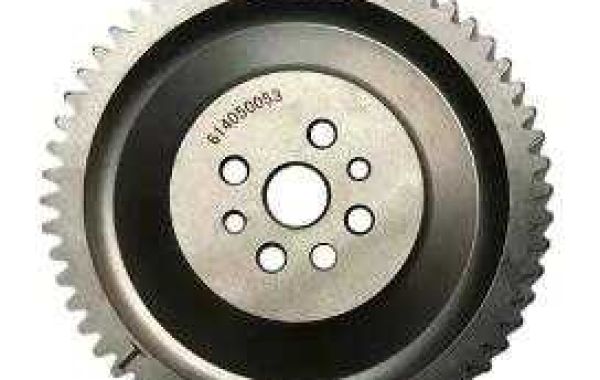A reducer gear, a fundamental component in mechanical systems, is designed to reduce rotational speed while increasing torque, enabling machinery to perform specific tasks efficiently and precisely. This ingenious gear mechanism plays a vital role in various industries, ranging from manufacturing to robotics.
The primary function of the reducer gear is to convert high-speed, low-torque input into low-speed, high-torque output. This transformation is achieved by utilizing a series of interlocking gears with varying sizes. As the input gear rotates at a high speed, it engages with the output gear, resulting in a reduced rotational speed while simultaneously amplifying the force or torque being transmitted.
In manufacturing, reducer gears are often employed to control the speed of automated equipment, conveyors, and conveyor belts. This allows for careful manipulation of production processes, ensuring that products are handled, assembled, or packaged with precision. The reduction in speed also contributes to worker safety, enabling controlled and manageable motions within the manufacturing environment.







